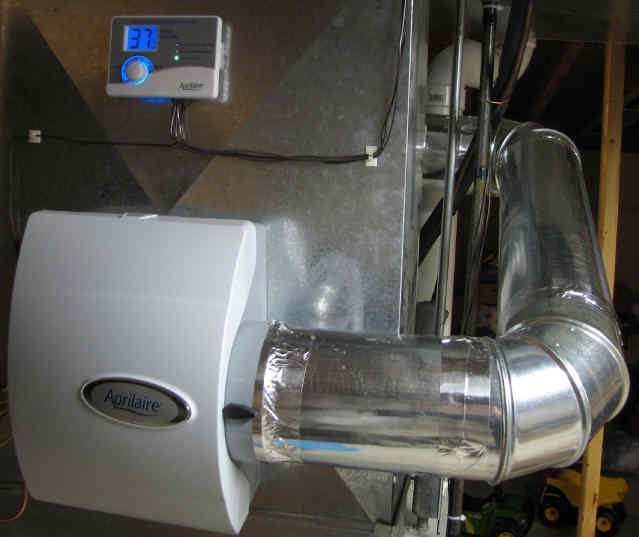Indoor Humidity Levels, Humidifier Controls & Changing Winter Temperatures
Wintertime reminds many of us that heating systems running regularly can lead to indoor air that’s too dry for our comfort and our health, not to mention things like our valuable electronic devices. At Save Home Heat Company, improving indoor air quality has been part of our DNA for more than 40 years, and in our essentially arid environment our team has plenty of experience installing and servicing a wide variety of central humidifiers on furnace systems.
In this post, we’re going to revisit the importance of proper indoor humidity levels, discuss what those levels should be as outdoor temperatures change, and review the most common ways new central humidifiers are controlled with forced air (furnace) home heating systems.
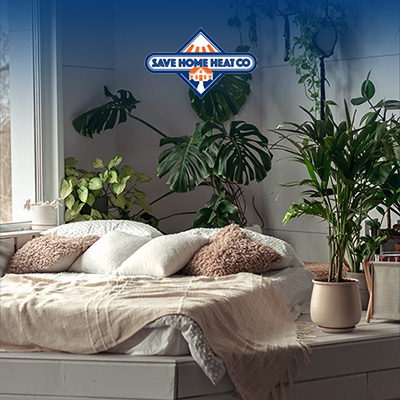
Why Do Indoor Humidity Levels Matter?
While we can easily feel differences in comfort when it comes to the indoor temperature, we don’t often consciously notice the humidity levels in our homes. Or rather, we may not attribute the issues we’re experiencing to humidity levels that are too high or too low, at least not at first. In the Colorado Front Range, low humidity is typically the concern.
Indoor humidity levels that are too low can contribute to:

- Itchy eyes, dry nose & throat, and dry skin
- Aggravated respiratory conditions
- Excessive dust being present in the air
- Increased viability of airborne viruses and bacteria
- Static electric shocks
- Accelerated aging and cracking of fine wood furniture, flooring, and other wood products
- Reduced comfort levels
What is Indoor Relative Humidity?
We all understand humidity: At the most basic level, it’s simply how much water is present in the air we breathe. Digging a little deeper, our industry uses the measurement of indoor relative humidity when discussing levels that are best for inside your home. This optimal humidity level changes as the outdoor temperature changes.
Simply put, relative humidity is the amount of water vapor, expressed as a percentage, that’s contained in the air. Physics tells us that as outdoor temperatures change, the amount of moisture that your indoor air can hold also changes: the colder the outdoor temperature, the less moisture the air in your home will hold before water starts condensing on the insides of windows. As outdoor temperatures warm up, the air in your home will hold more moisture and the annoying condensing that many of us see during frigid spells goes away. So, when it’s cold outside, we set our humidifiers to maintain lower humidity levels, and when it warms up, the humidifier should be set to achieve higher levels.
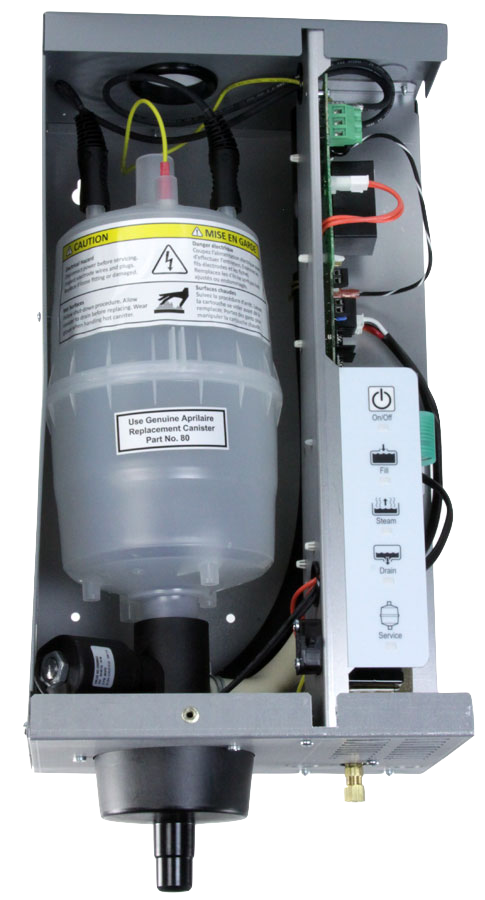
Proper Humidity Levels for Your Home
Health experts such as the Mayo Clinic recommend that indoor humidity should be between 30% and 50%, depending on the conditions described above. As outdoor temperatures shift, the optimal indoor humidity level will also shift.
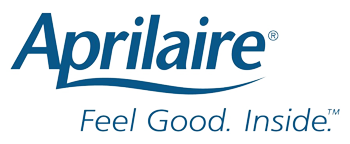
For example, Aprilaire, whose central humidifier line our team has been installing and servicing for decades, recommends an indoor relative humidity level of approximately 45% when outdoor temperatures are 40 degrees F, and 25% when it’s a frigid zero degrees outdoors. These are rough guidelines, and different homes may do best with slightly higher or lower levels. Please see the below chart for more indoor humidity recommendations from Aprilaire.
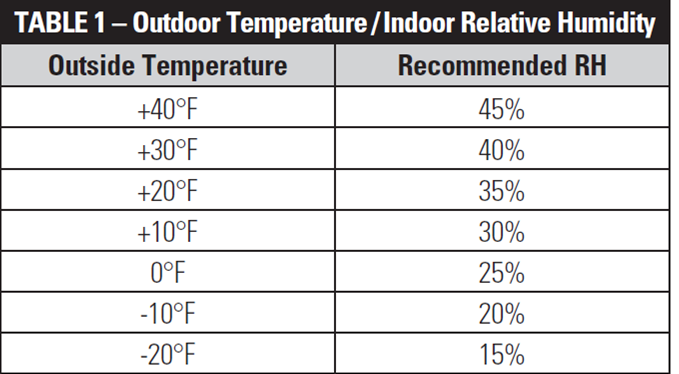
How Are Central Home Humidifiers Controlled?
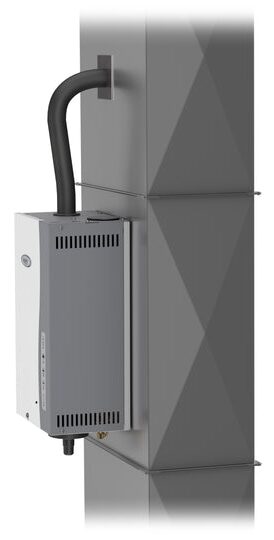
Central humidifiers are controlled by a device known as a humidistat (think ‘thermostat’ for humidity). This is essentially a control that measures indoor humidity and turns on the humidifier if more humidity is needed. Depending on the type of humidifier, in some cases (standard units), the heat must be operating in order for the humidifier to operate, while in others (steam units) the unit has the ability to activate the furnace circulating fan independently if humidity is needed, sans heat.
There are a variety of humidistat controls and configurations available. Some are independent controls, installed either in living space or in the ducting down by the furnace. Or, the humidistat function may be incorporated in a ‘smart thermostat.’ This last option continues to grow in popularity. And then there’s the question of manual versus automatic humidity adjustment. More on that in a moment.
In virtually all cases, keep in mind that humidifier controls typically require a break-in period, during which the best settings for the particular home are determined.
How Are Humidistat Settings Adjusted When Outdoor Temperatures Change?
Humidistats can be grouped into two general categories: manually adjusted controls that require someone change the humidity setting when the outdoor temperature changes significantly, and, controls that automatically adjust the humidity setting when the outdoor temperature changes. Below is an overview of the most common humidistat options, from the most to least popular choices with our customers. The first two are most frequently selected. What is interesting is that manual adjustment continues to be the most desirable option – at least at this time.
Manual Control Using a Smart Thermostat
A smart thermostat such as the iComfort S30 from Lennox that our team at Save Home Heat installs regularly, combines multiple functions including humidistat, in a single, wall-mounted, Wi-Fi enabled thermostat. This allows the homeowner to conveniently fine tune the desired humidity level in their home either at the thermostat on the wall or from a connected smart phone. The ‘normal’ humidistat function of the S30 allows for manual adjustment of the desired indoor humidity between 15% and 45% relative humidity.
Manually Adjusted, Duct-Mounted Humidistat
Another popular option, a basic, manually adjusted, independent humidistat may be installed in the return-air duct adjacent to the furnace in the mechanical room (using a special bracket). This is a commonly chosen control option when a smart thermostat is not part of the plan – and assuming that the furnace is located conveniently enough to allow the homeowner to easily change the humidity setting. While certainly not as convenient as a smart thermostat, the advantages of this approach include keeping components simple, potential thermostat upgrade costs under tight control, and maintaining the ability to make manual fine-tuning adjustments.
Automatically Adjusting Control Using a Smart Thermostat
For homeowners who prefer automatic humidistat adjustment and who are fine with smart thermostats, the Lennox S30 (and presumably other manufacturers) offers an alternate humidifier control option to manual adjustment. The automatic adjustment function in the S30 coordinates the desired indoor humidity setting in the smartstat with outdoor temperatures, without the need of an outdoor sensor, and also provides an adjustable range to assist with fine tuning performance.
Manually Adjusted Humidistat Located in the Living Space
The option of locating a basic, independent, manually adjusted humidistat in the living area near the thermostat is nice for those who like to keep things simple, and who have the ability to pull this trick off. This option is often not easily achievable, or impossible, due to factors such as not enough wires available, or the inability to run new wires to the thermostat location. However, if you have the wiring available, or a way to run new wire, then this option may be worth exploring.
Automatically Adjusting, Ducted-Mounted Humidistat
We include this option as a matter of full disclosure for our readers, not because we’ve had great experiences with them. Automatically adjusting, duct-mounted humidistats have been available from humidifier manufacturers for quite a few years; these devices require the installation of an outdoor temperature sensor. Unfortunately, our team has not been very impressed with these control options in the past, but we’re hoping to see improved performance at some point in the future. Stay tuned.
Your Trusted Denver-Boulder Metro Area Home Comfort Experts
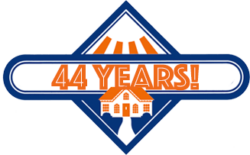 Our comfort team at Save Home Heat has decades of experience installing and servicing a wide variety of whole-home humidifiers on furnace systems. You can trust that we have the experience and expertise needed to recommend the right central humidifier for your specific needs and your home. Whether a high quality, standard, flow-thru model, or a high performance central steam humidifier, you can rely on receiving ample amounts of information and a clear installation estimate from our comfort team in a friendly, low-pressure manner.
Our comfort team at Save Home Heat has decades of experience installing and servicing a wide variety of whole-home humidifiers on furnace systems. You can trust that we have the experience and expertise needed to recommend the right central humidifier for your specific needs and your home. Whether a high quality, standard, flow-thru model, or a high performance central steam humidifier, you can rely on receiving ample amounts of information and a clear installation estimate from our comfort team in a friendly, low-pressure manner.
Please contact me to schedule a free central humidifier install quote!

